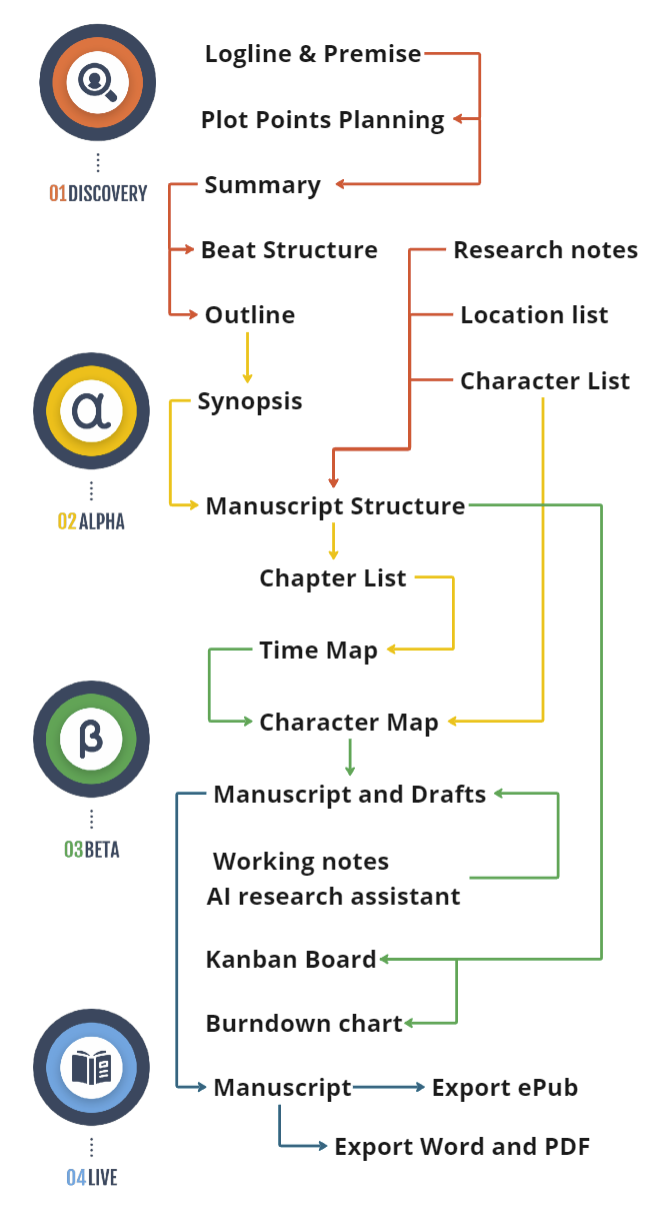Some writers fear strict plotting; others fear chaos without it. Yet, an adaptable structure can amplify a novel’s emotional depth. Modern approaches to story-building, like those found in advanced beat-sheet methods (for instance, the material covered by leading experts in story structure), give writers the flexibility to pivot without losing the foundational scaffolding of their work. When you refine and upgrade your story beats, you’re not simply following a recipe. You’re forging a master plan for deep character arcs and enthralling pacing.
A “beat” is more than just a plot event. It’s a hinge connecting the hero’s outer actions with deeper, inner stakes. By layering these subtle turning points, you anchor readers to the emotional heart of the novel. Think of each major beat as an opportunity to both push your protagonist into new territory and highlight how they feel about the journey. That interplay between external plot and internal transformation keeps tension rising until the climax. Refined beats might include a sharper hook, a more urgent catalyst, or an unexpected shift at the midpoint that truly tests the hero’s resolve.
Writers who have tried an initial pass at structuring their story but sense something missing benefit from a beat upgrade. Even those content with their broad three-act arrangement find more power in subdividing each act and focusing on smaller emotional crescendos. If you’ve drafted a novel that feels fine on paper but fails to stir strong reactions, advanced story beats can spotlight where the pace drags or the hero’s motivations blur.
Revisit your outline or draft. Where does energy slump? Where do readers (or beta readers) skim or lose interest? Flag those areas, because they likely need a re-tooled beat—something more surprising or personal for the protagonist. Whenever you plan a new beat, pair outward events (a sudden job loss, a painful breakup, a revelation about hidden magic) with inward dilemmas (the hero’s deep-seated fear of rejection, the guilt that surfaces when truths are unveiled). This coupling of the external and internal heightens reader investment. Instead of saving all large revelations for the climax, distribute surprises at key turning points: after a midpoint that felt too tame, or right before your hero’s lowest moment. By spacing them out, you sustain momentum. A well-timed reversal flips expectations. Maybe the mentor figure betrays the hero, or the antagonist provides unexpected help. Such reversals around major beats intensify conflict and reawaken reader curiosity. Each advanced beat should trigger a specific emotional reaction in the hero. Show how that moment shifts their worldview or cracks their existing beliefs. This emotional aftershock fuels the next decision, ensuring the entire plot feels cohesive.
Novels live or die by their rhythm and emotional progression. If the tension stagnates or the protagonist’s inner turmoil goes flat, readers might wander. Upgraded beats guarantee that each step forward changes the status quo. Character transformation grows more authentic, and readers gain a sense that every chapter matters. Ultimately, a refined beat-sheet approach eliminates filler, highlights thematic depth, and ensures that your story’s final impact is powerful and memorable.
Study a key turning point in your current draft—perhaps a midpoint or a dark night of the soul. Modify that scene to weave both external plot escalation and internal shift for your protagonist. Elevate the emotional weight. Then review how this enhancement ripples through surrounding chapters. You’ll find new energy and realism that can transform the rest of your story.




